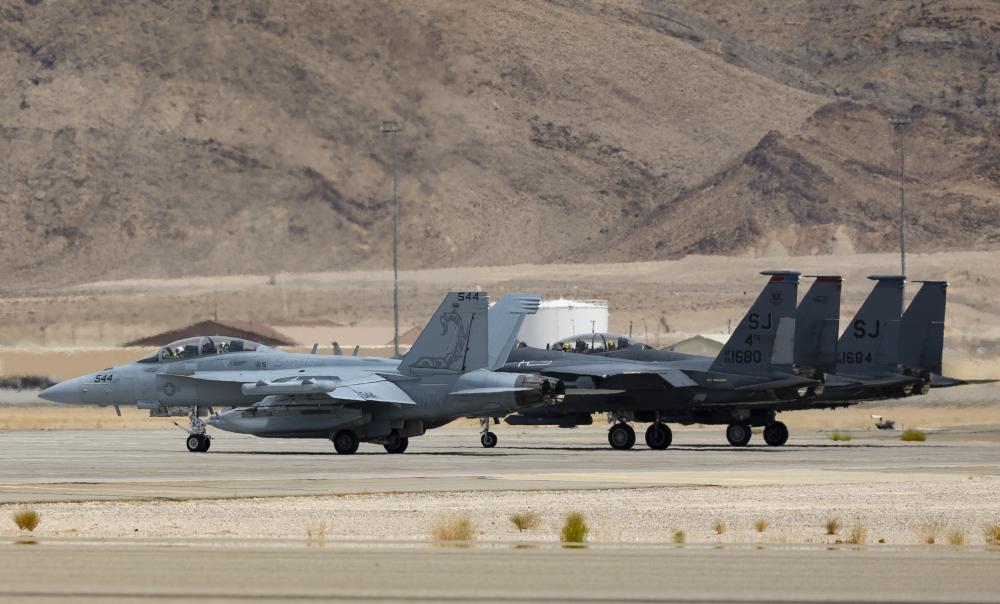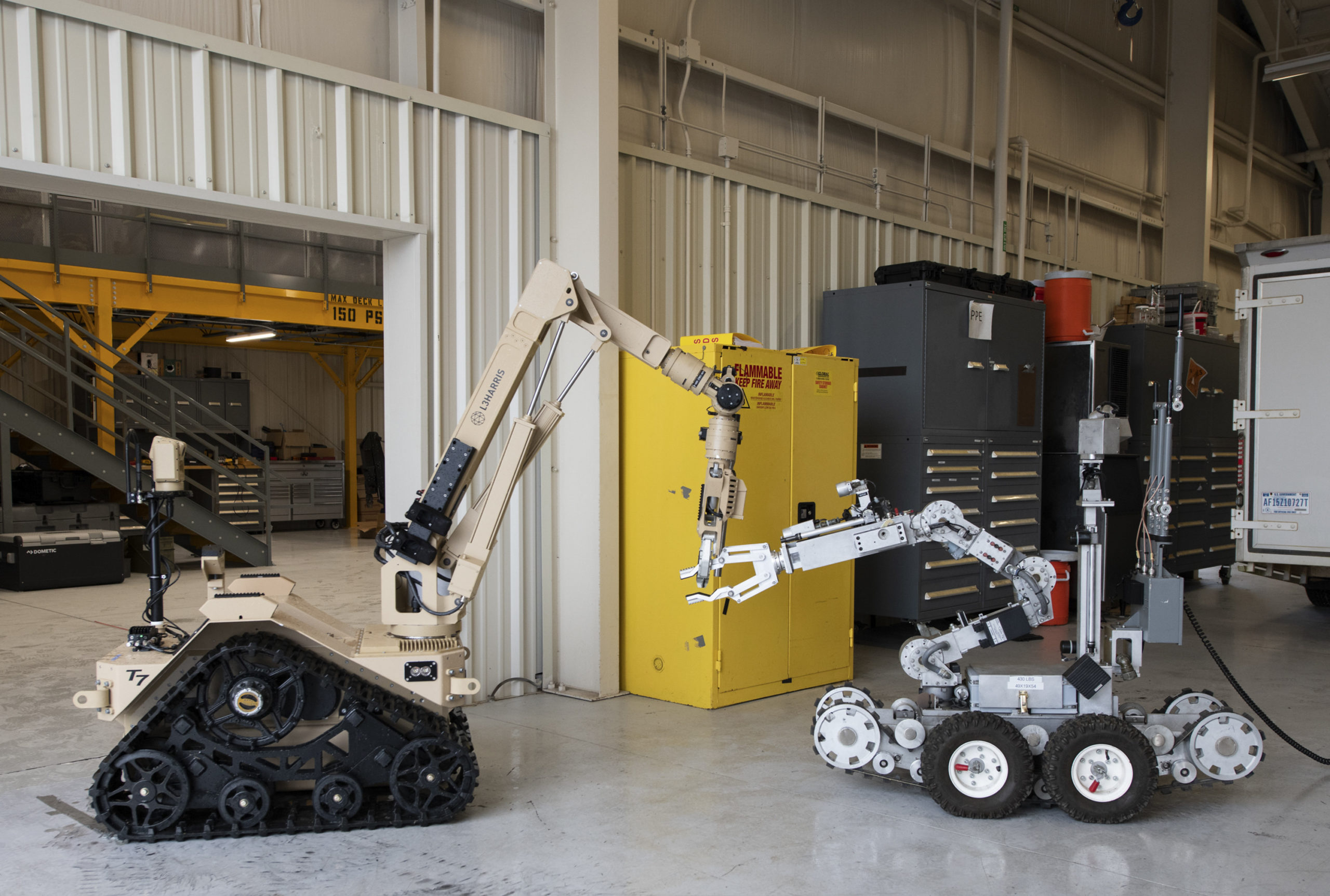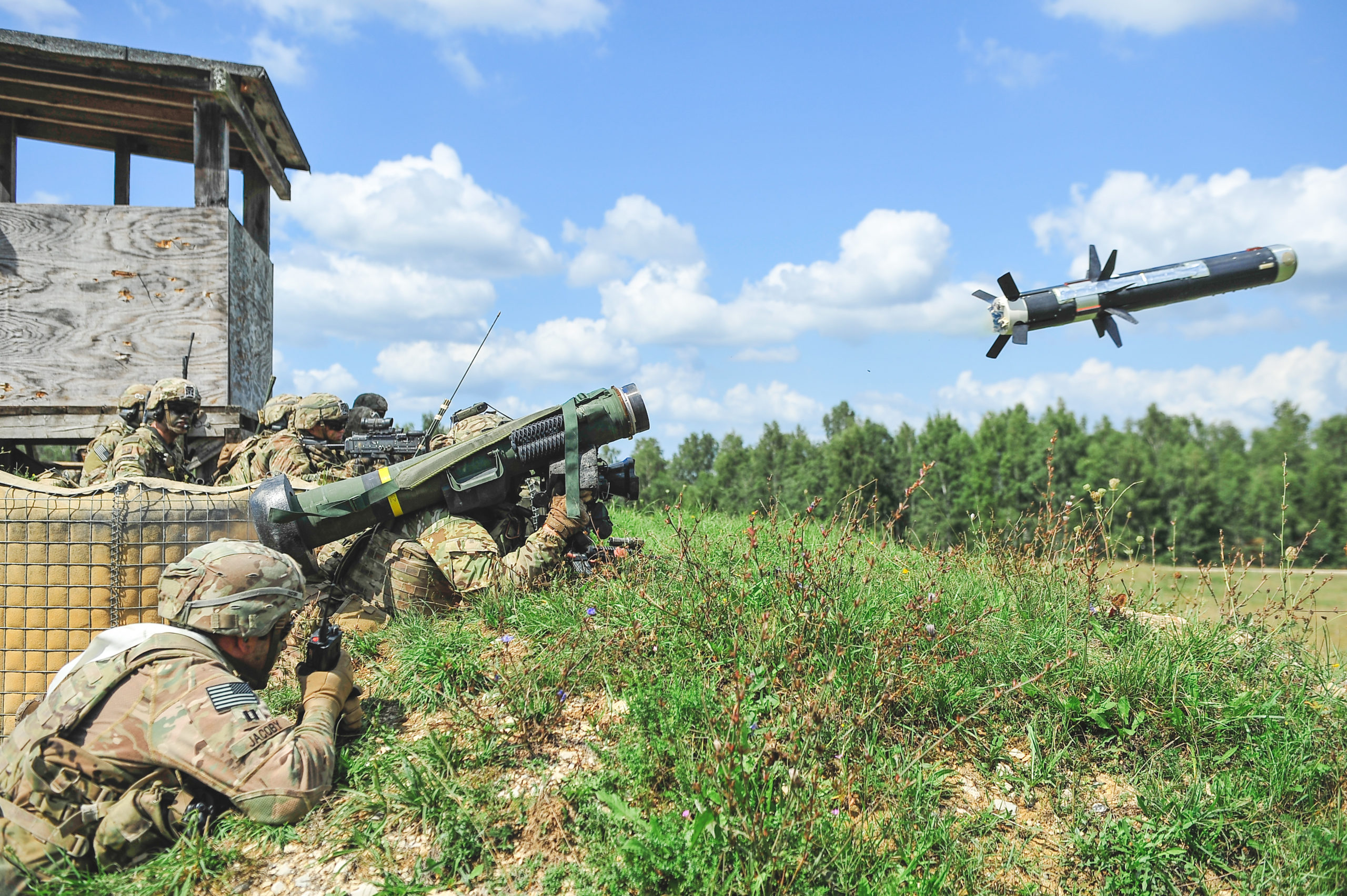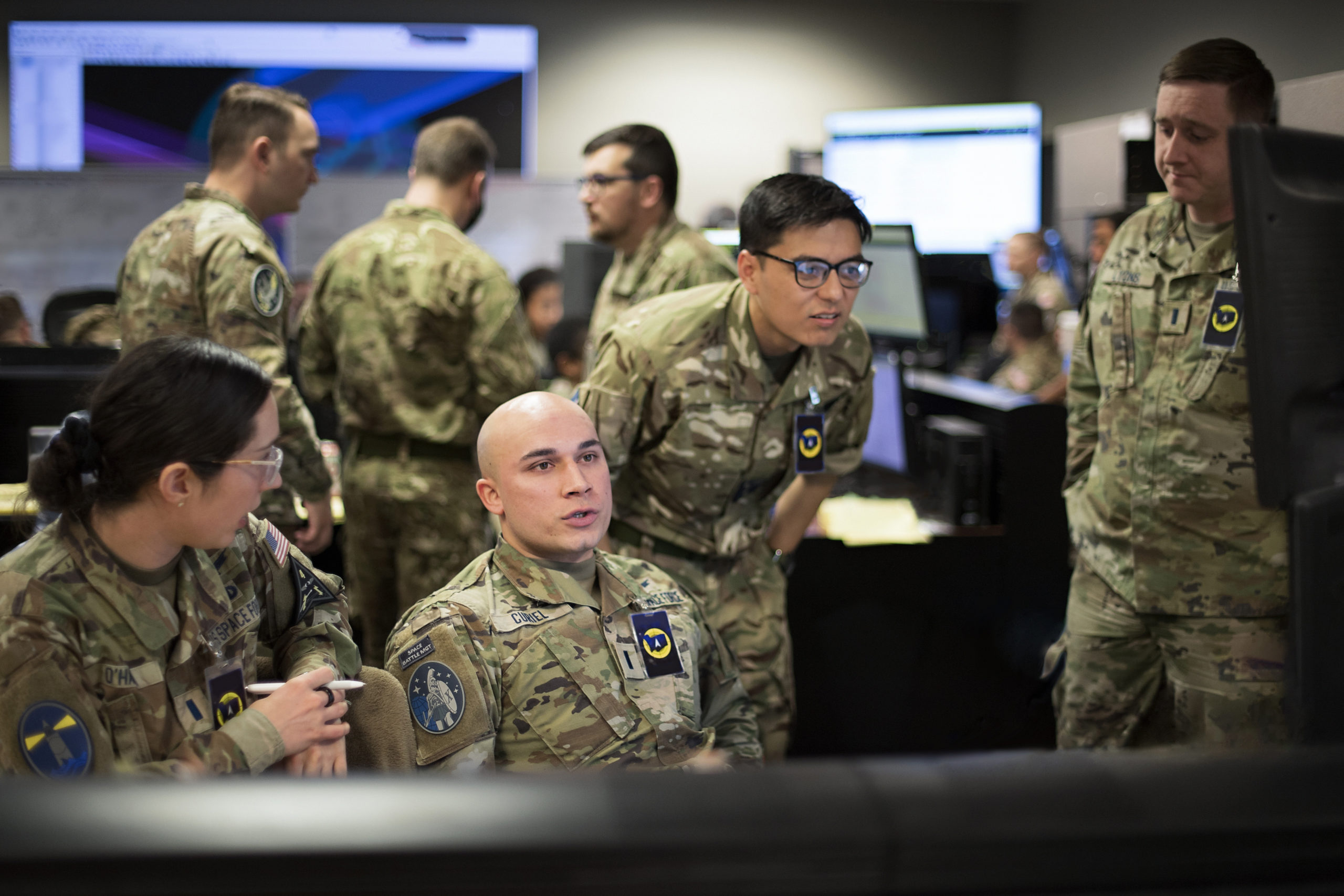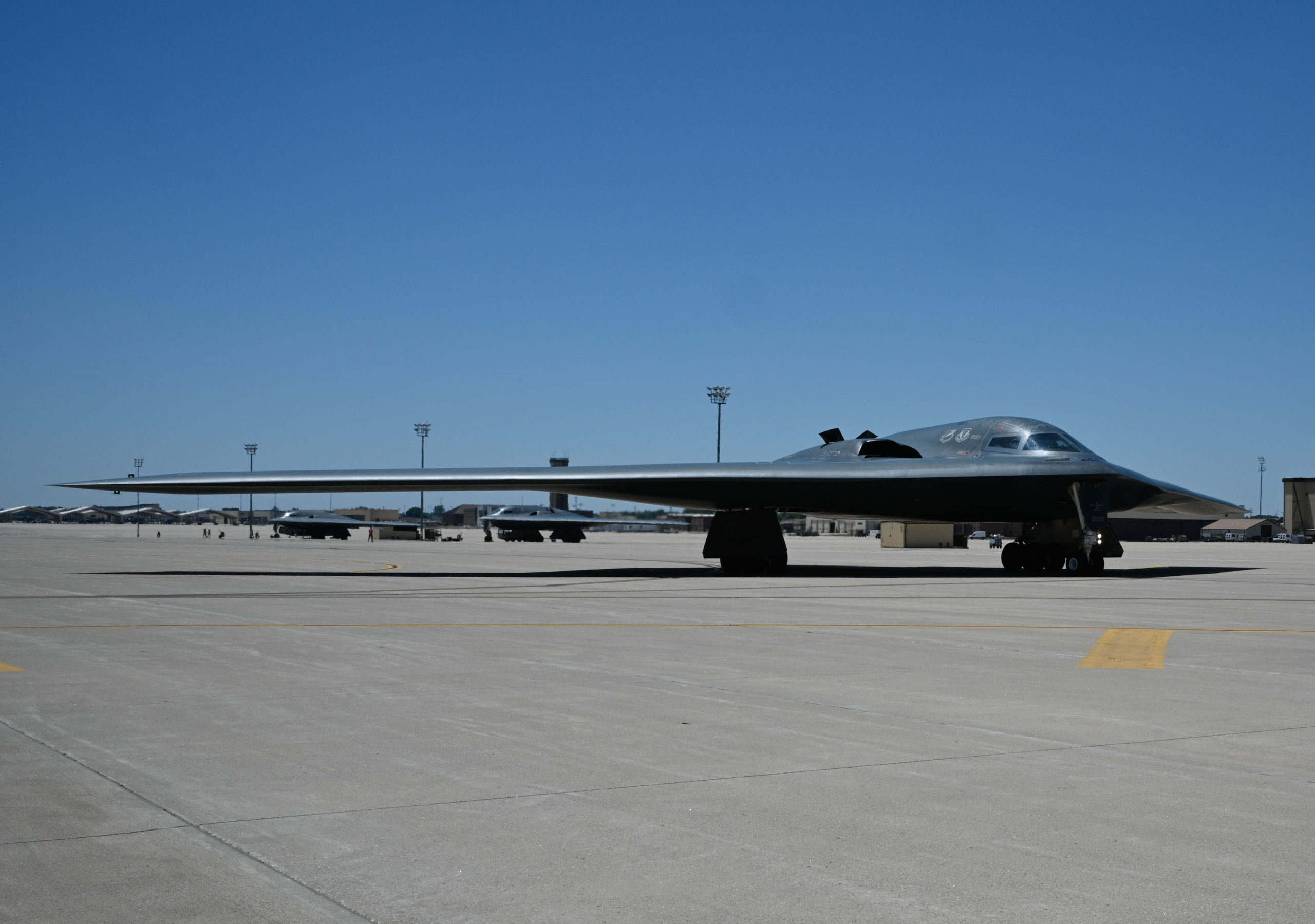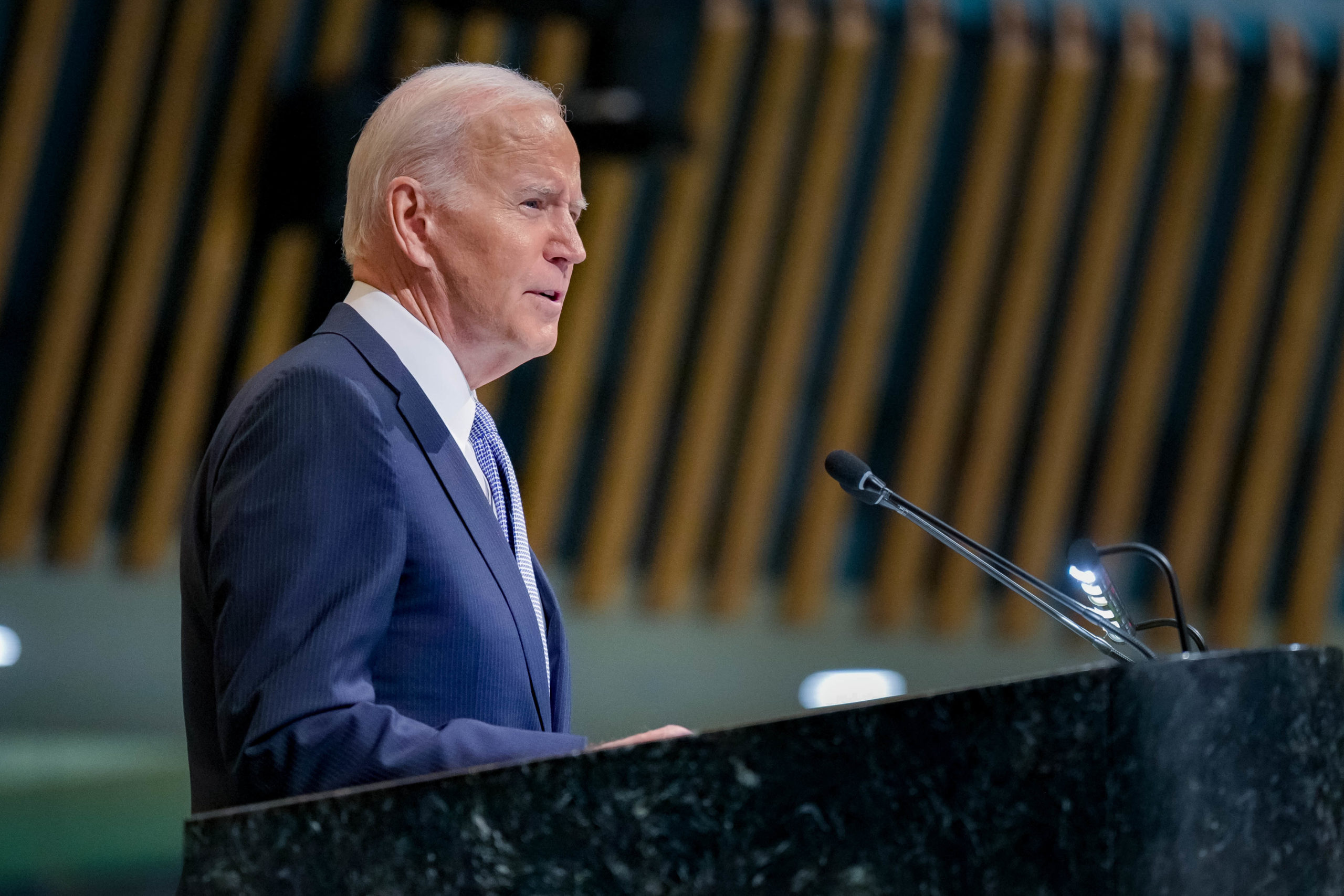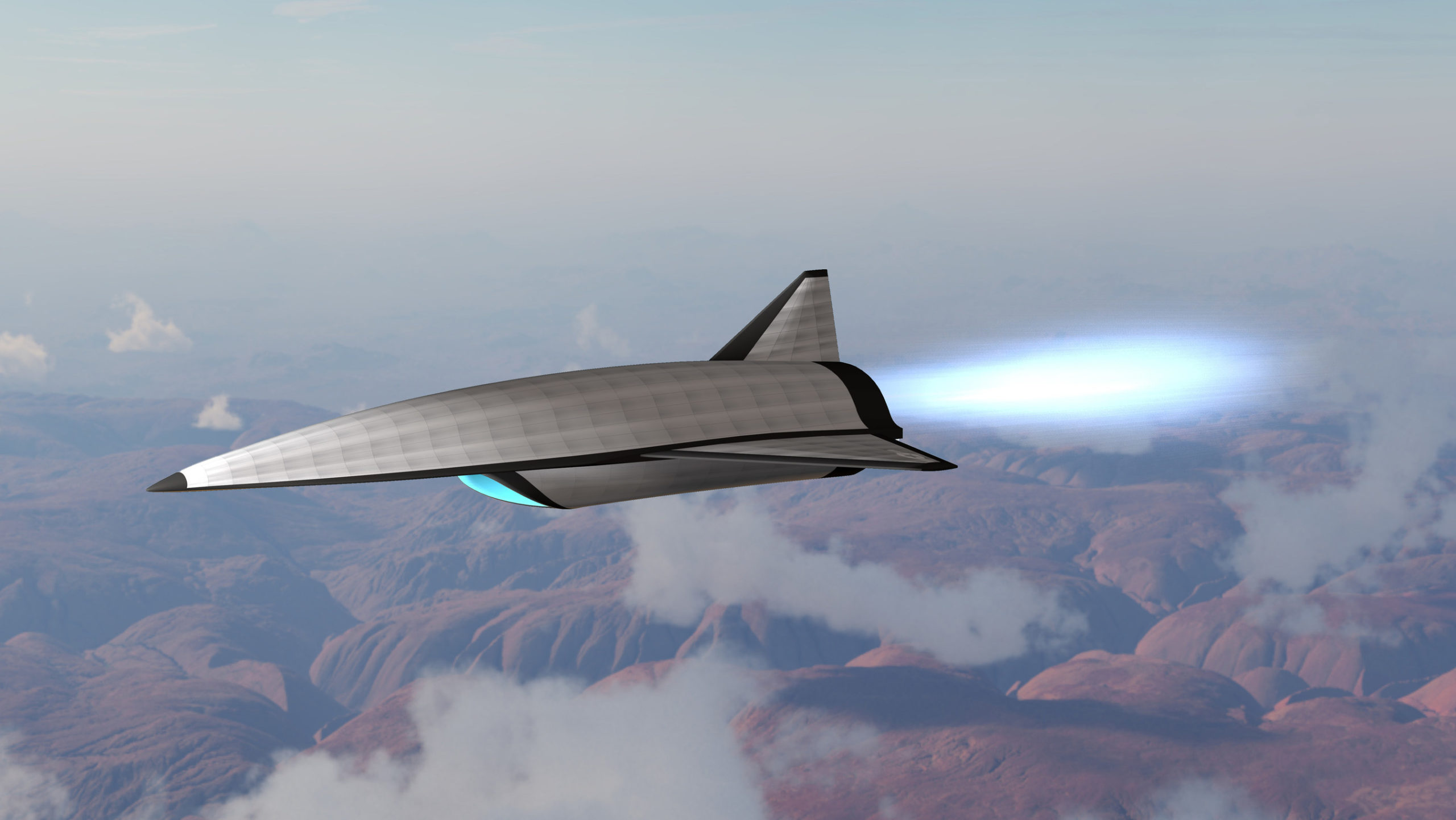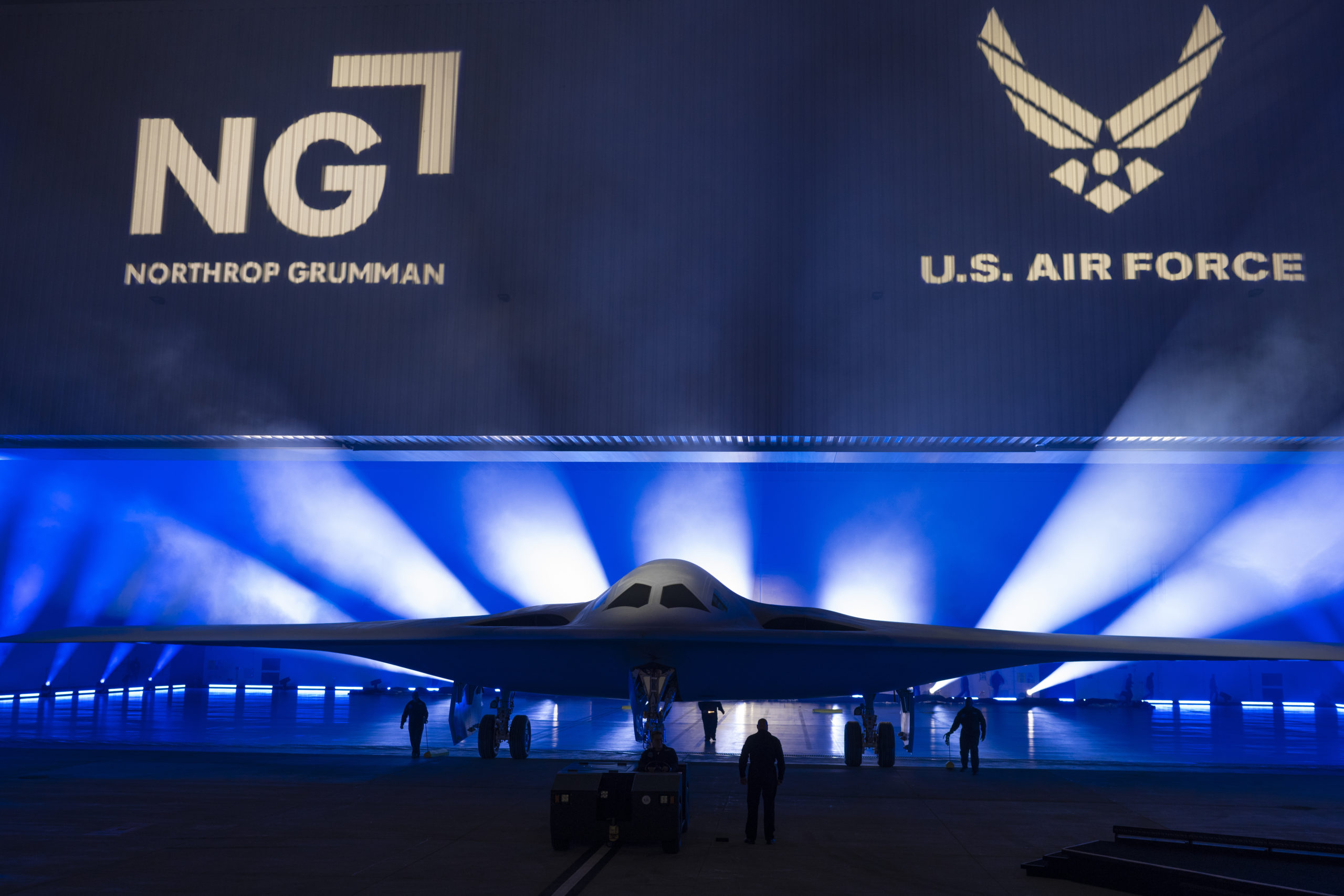The military services are leaving capability gaps as they divest of older aircraft but aren’t coordinating their tactical aviation spending plans to minimize risk, the Government Accountability Office said in a new report.
While the Pentagon agrees that it needs a portfolio approach to fighter modernization, GAO said, the Defense Department is dragging its heels in creating one.
In its report, “Tactical Aircraft Investments: DOD Needs Additional Portfolio Analysis to Inform Future Budget,” GAO said some mission areas are going unaddressed because DOD “has not yet conducted integrated acquisition portfolio-level analyses of its tactical aircraft platforms.”
The military services are poised to spend $20 billion a year on fighter modernization through 2027, GAO reported, and there’s danger of both duplication and unmet needs. For example, the Navy plans to retire land-based EA-18 Growler stand-in jammer aircraft, but the Air Force, which relies on those Growlers for electronic attack, doesn’t have an alternative.
The Growlers “support joint force requirements for tactical airborne electronic attack capability and capacity,” the GAO noted. While the Navy says this a “‘non-core’ mission” for naval aviation and is cutting it in favor of higher priorities, the Air Force has told Congress “that if the Navy goes through with this proposal, it would leave the joint force—particularly the Air Force— without an electronic warfare capability considered critical to its operations,” the GAO said.
The Navy is studying how to recapitalize its sea-based Growlers once they reach the end of their service life, circa 2040. These studies “are expected to inform the 2024 budget proposal,” the GAO reported. The Navy is upgrading shipborne Growlers to better deal with “advanced dynamic Integrated Air Defense Systems.”
Divestiture has been a hot button issue with the Air Force, as well. Until recently, Congress has repeatedly rebuffed USAF’s wish to retire A-10 Warthog close air support jets in favor of multirole aircraft that can do more types of missions. “Divesting of existing tactical aircraft to pay for new development creates a delicate balance and is a decision that should be made with the most detailed information,” GAO said.
Despite the lack of coordination, the services have completed at least eight recent tactical aviation studies, generally concluding that existing Air Force and Navy fighter aircraft “did not have the capabilities needed to compete in future combat scenarios, and some noted the need to invest in advanced technologies to address future needs. Three of the studies, which the Navy prepared, identified [current] shortfalls in the Navy’s capacity, or inventory of tactical aircraft.”
This is hardly the first time GAO has recommended that the Pentagon impose top-down coordination on the services’ TacAir plans. The GAO has been making similar recommendations since 2015, and in 2019 chided the Pentagon for not having an effective portfolio-based approach to managing its weapons procurement, patterned on commercial approaches.
In those previous audits, GAO “concluded that DOD defaulted to optimizing and addressing problems in individual programs instead of focusing on portfolios of programs that might provide greater military capability at lower risk or cost.”
The GAO urged the Secretary of Defense to “revise a DOD directive to reflect leading practices and promote development of better tools to enable integrated portfolio reviews and analyses of weapon system investments. We also recommended that the Secretary of Defense direct the military services to update or develop policies that require them to conduct annual portfolio reviews.”
DOD has “taken steps” to improve its portfolio management practices, GAO said, “a step in the right direction.” These “could provide insight into certain aspects of its investments such as tactical aircraft weapons,” GAO continued. However, “the lack of an integrated acquisition portfolio review of tactical aircraft platforms leaves DOD and Congress with limited insight into interdependencies, risks, and related trade-offs among some of DOD’s highest priority and most expensive investments,” the GAO said.
In the absence of a portfolio approach, “DOD will miss an opportunity to provide additional insight into the factors the military services consider as they propose retiring or sustaining existing tactical aircraft platforms and funding new developments.” This is crucial considering “competing priorities within the military services, and quickly evolving threats.” DOD and Congress need “comprehensive information as soon as practicable to make well-informed investment decisions going forward.”
The GAO report noted that in August 2016 it found that the DOD “and the Air Force did not have quality information on the full implications of A-10 divestment, including “gaps that could be created” by its divestment “and mitigation options.” The Air Force subsequently found “a continued need” for the aircraft, but GAO “did not assess the quality of information used by the Air Force in its most recent studies that support” A-10 divestitures. The Air Force is pruning its A-10 fleet, while also investing $466 million to upgrade and re-wing some A-10s by 2027.
GAO did not address “additional divestment details” about the Air Force’s F-15C, F-15E, F-16 ,and F-22 fleets, which “were deemed sensitive and have been omitted from this report.”
The Air Force has said its tactical aviation plans are in flux as it defines the roles to be played by the Next-Generation Air Dominance fighter and the introduction of new Collaborative Combat Aircraft, which are autonomous, uncrewed airplanes that support crewed combat aircraft.
But the Air Force’s most recent fighter roadmap, dubbed “4+1”, calls for the F-22 to be replaced by NGAD circa 2030; the F-35 to be the backbone of the force; the F-15C and E to be replaced by the F-5EX; and the F-16 to remain as a force-builder platform. The A-10 is the “plus one” in this plan, and would be retired early in the next decade.
